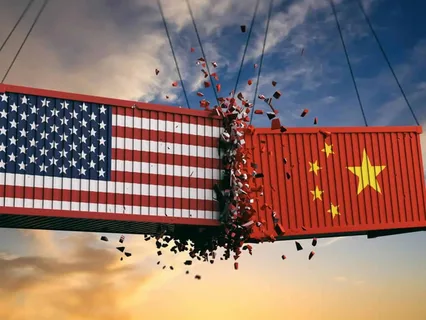China’s Strategic Investment in Latin America
Why Latin America? For years now, China has had its eye set on this region. It is a treasure trove of natural resources, agricultural products, and emerging markets. Establishing itself here serves China as easier access to commodities while opening up a direct trade route to improve its global supply chain.
It is no ordinary port. It is one of the world’s most advanced megaports, facilitating and becoming the chief point to serve the country’s inland regions by straightening connections to global trade routes and as a platform for maritime trade and investment. Indeed, a gateway not only for goods but to China’s expanded influence in Latin America
Also Read:
China: A Leading Market for Norway’s Largest Furniture Producer
Effect on Latin American Trade
In a sense, the megaport could be winning economic lotteries for Latin American countries. From exporters’ viewpoints, exporters will find faster and more efficient routes to their markets in other parts of the world. Locally, local businesses, especially in agriculture and mining, will benefit through increases in demand for their products.
It is not just the port itself. China is also spending infrastructure around it—roads, railways, and storage facilities. These amenities enhance connectivity and link isolated, previously out-of-the-way regions to international markets and therefore promote economic growth.
US Concerns and Strategic Responses
N, of course, does not take kindly to China having a megaport right in its backyard. That is being perceived as a strategic challenge, having a competitor in its own backyard. The project fits with China’s overall Belt and Road Initiative, thus its yet another step toward boosting its ambitions in the international field.
What’s Uncle Sam doing about it? The US ratchets up its engagement with Latin America, alternatively providing investments and trade deals. It also tracks the moves of Beijing, ensuring regional allies stay in line with the Western interests.
China’s Global Ambitions
This megaport is one of the parts of the gargantuan picture, otherwise known as the Belt and Road Initiative; China’s plan to build trade circuits around the world. In developing such infrastructure, China has neatly spun a web of economic relations that makes it virtually impossible for the rest of the world to do business without her.
The greater the influence China exerts in Latin America, the more it is likely to tip the balance. No longer an Asian giant merely, this country is an aspirant on the world stage, jostling for space with other superpowers, such as the US.
Criticism and Opposition
Not everybody is rejoicing over this megaport‘s birth. Critics say that China’s investments all too often come with strings attached – debt trap or political leverage. Others believe there would be lost regional autonomy through the influence of Beijing.
The environmental impact cannot be entirely discounted. Such a huge project can have sweeping effects on local ecosystems, displace communities, and spark protests. Economic benefits have to be weighed against unsustainable practices.



















